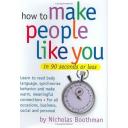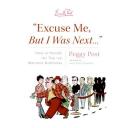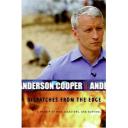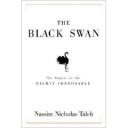Last Friday, 8/10/07, I experienced a sort of the personal perfect storm. I think bad things tend to come in three or more – probably a result of natural selection. Anything less wouldn’t be memorable. It’s like you always find the thing the last place you look.
It started with my credit card being denied at the cafeteria during lunch. Upon returning to my office, I called the credit card customer service and found out someone has gone on a shopping spree with my credit card number. Thanks to their sophisticated theft prevention software, the credit charges were stopped in time. They are small charges like iTune downloads and on-line game charges – probably stolen by kids. Of course, the credit card company quickly stopped the card charges and cancel the card altogether. This is going to cost my some griefs in moving several monthly charges to the new credit card number. It’s a nuisance for the modern world of convenient shopping experience.
After coming back home, I found out that my dishwasher was clogged up again after nearly a half year of good operation. This took me another hour or so to clear the drainage tube to the air hole and then to the garbage disposal. There were some undigested rices. This took several trials; I had to re-do it on Saturday. Another nuisance for the modern technology. I don’t know why there is always some residue water on the dishwater, no matter what – probably acting as p-trap thing I suppose.
While trying to pay off my credit card payment by phone (the on-line account has been closed), I discovered that my land line phone didn’t have a dial tone. I spent another hour tracing the problem to the outside jack. So I then scheduled a checkup with our phone company, AT&T. They sent a technician out on Saturday morning and found out the wires were lose at the distribution box a few blocks away in my neighborhood. Boy, first AT&T (or Pacific Bell, or SBC) lost my DSL business, now they couldn’t even keep the wires attached. This is another interconnect problem in today’s interconnected world.
And now the bonus nuisance: On Friday, IT had EOL’ed the NIS server my mail server normally used. After switching to the new NIS server, my email SMTP server has stopped sending emails out. I haven’t figured out why yet as of today (Monday). Rebooting did not fix the problem though. I had to switch to another SMTP server. It took me a few days to figure out that my emails were not being sent out. Somehow, I felt my communication to the world has been cut. It’s a stymieing kind of feeling.
There you go! 3 bad things or more like nuisances in one day of living in a modern world. Let the record shows.




